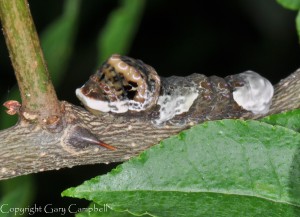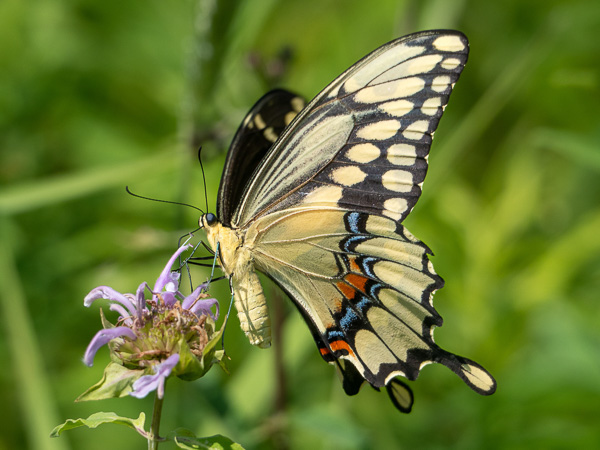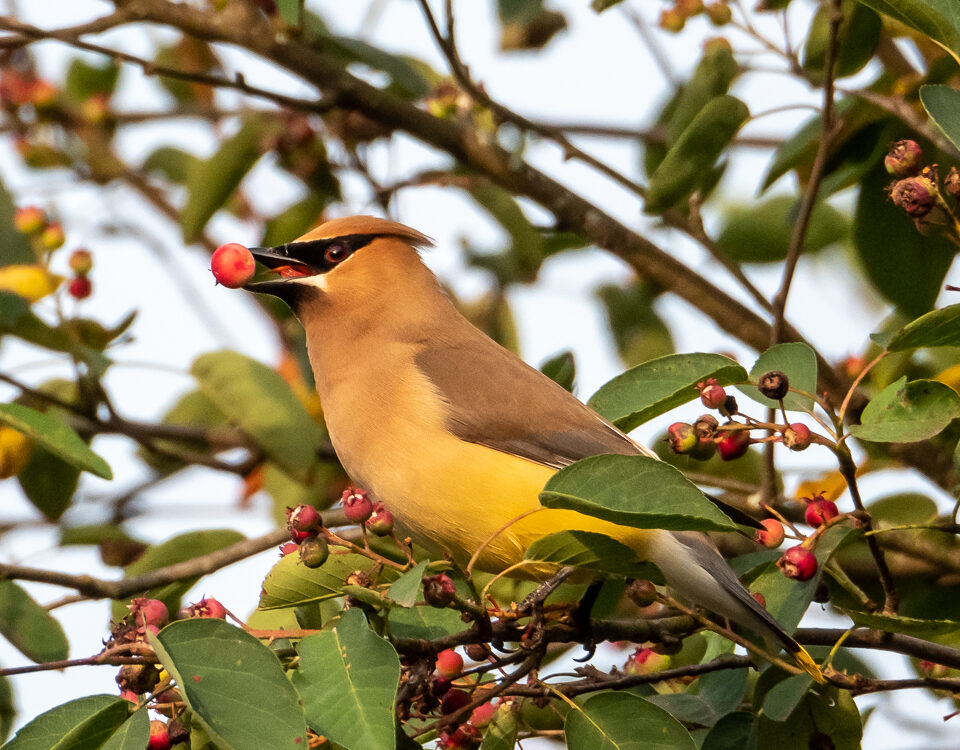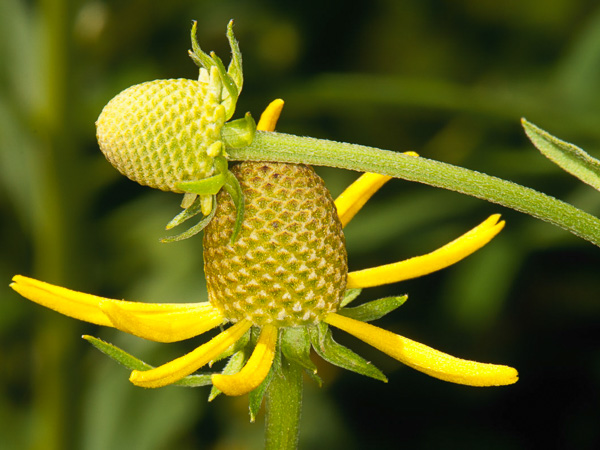
Embracing Change and an Unusual Groundcover
June 6, 2012
Butterfly Musings – Are numbers down this year?
July 24, 2014“Onesies”, Uncommon plants, and Rare Visiting Butterflies
For those of us who have studied design, there are various principals that are often adhered to in order to create “good” designs. Several of these principals lead many landscape designers to avoid single instances of plants (“Onesies”) and the use of uncommon plants. And for valid reasons at times – a single instance of a given plant can lack context and consistency, uncommon plants are often just that because of limited positive attributes. But, as a practitioner of natural and ecologically oriented designs I have found that these ideas are much too limiting and can lead to missed opportunities in creating some true excitement for the home gardener and natural world enthusiast. These past few months have really brought this point home to me in my own landscape.
At about the point where additional species of butterfly species to our yard is becoming pretty darn hard, this summer has brought first sightings of Giant Swallowtail and Sleepy Orange butterflies. The really interesting part of the story is that these are both rather “specialist” species that utilize only a few species of plants – these plants being amongst the aforementioned “uncommon” species.


The Giant Swallowtail (Papilio cresphontes) is a spectacular, showy butterfly – mostly restricted to areas to the south of here. It does however, press up into our region from time to time. It is highly attracted to plants in the citrus family, of which not many grow here naturally or easily. There is however a very uncommon tree species in this family called Common Prickly-ash (Zanthoxylum americanum) that is native here.
It’s not considered a plant for the home landscape and thus is almost never used and is hard to find. When I was planting my landscape, I mostly followed my carefully made design plan; however, being a native plant enthusiast I was often bringing home other plants as well, from native plant sales and specialty nurseries. These were plants that just plain interested me and so I found places for them within the overall planting scheme. This tree was one of those species. Interestingly, it has done alternately very well and very poorly (for reasons still unknown to me). But, it has survived and is currently thriving as a nice, small tree along a woodland edge. It is the only one on our property, and I daresay, the only one within many, many miles of here. Somehow this Giant Swallowtail found this one tree and apparently deposited eggs. My wife and I watched with fascination the development of several exotic-looking caterpillars for many days. Take home message – I’m really, really glad I have this one lonely specimen of this species and it has contributed to the diversity in our region in multiple ways.
The Sleepy Orange (Eurema nicippe)is considerably less showy and is pretty hard to tell apart from other much more common “Sulphurs” yellow butterflies without a good look. I happened to get a photo of one and not knowing what it was had it ID’d with the help of a local expert. Upon reading up on this species, I found a very similar story to that of the Giant Swallowtail – a more southerly species that finds its way north occasionally. The larvae of this one use a native perennial called Senna of which there are a few species. I happen to have included one of these species Wild Senna (Senna marilandica) in my meadow seed mix and there are quite a number of nicely established Sennas now in our meadow.Again, I seriously doubt whether there’s another Senna within 10 miles of here. Up to this point, it has been our casual observation conclusion that this is not a plant heavily favored by wildlife, but it’s great-looking, fixes nitrogen (being a legume) and adds diversity. We now know that diversity enhancement includes Sleepy Orange caterpillars as I subsequently found another one flying around amongst a patch of Senna in the meadow. We have yet to find a caterpillar, but would not be surprised if we do. Take home message – I’m really, really glad I included this uncommon species in my meadow mix.
I’m also tempted to add: “plant it and they will come”, but that may be a bit of a stretch (or is it???).




